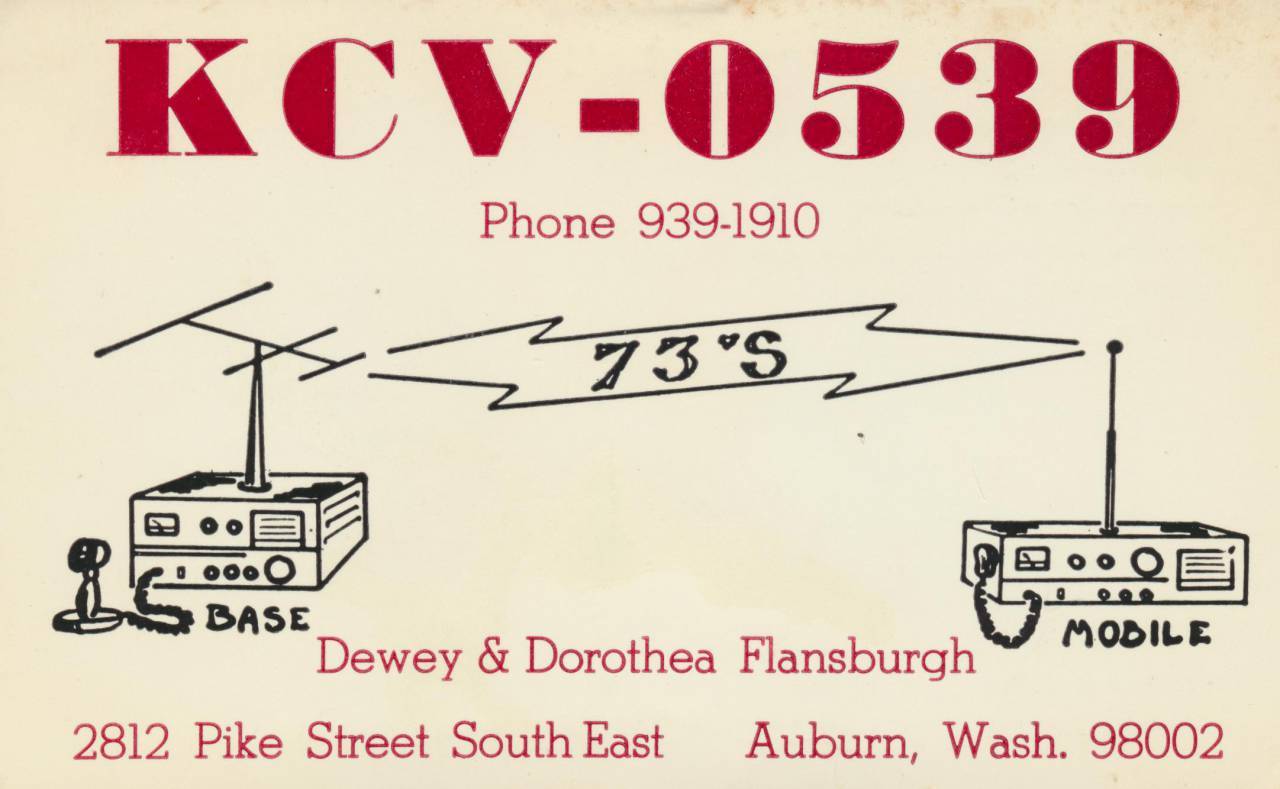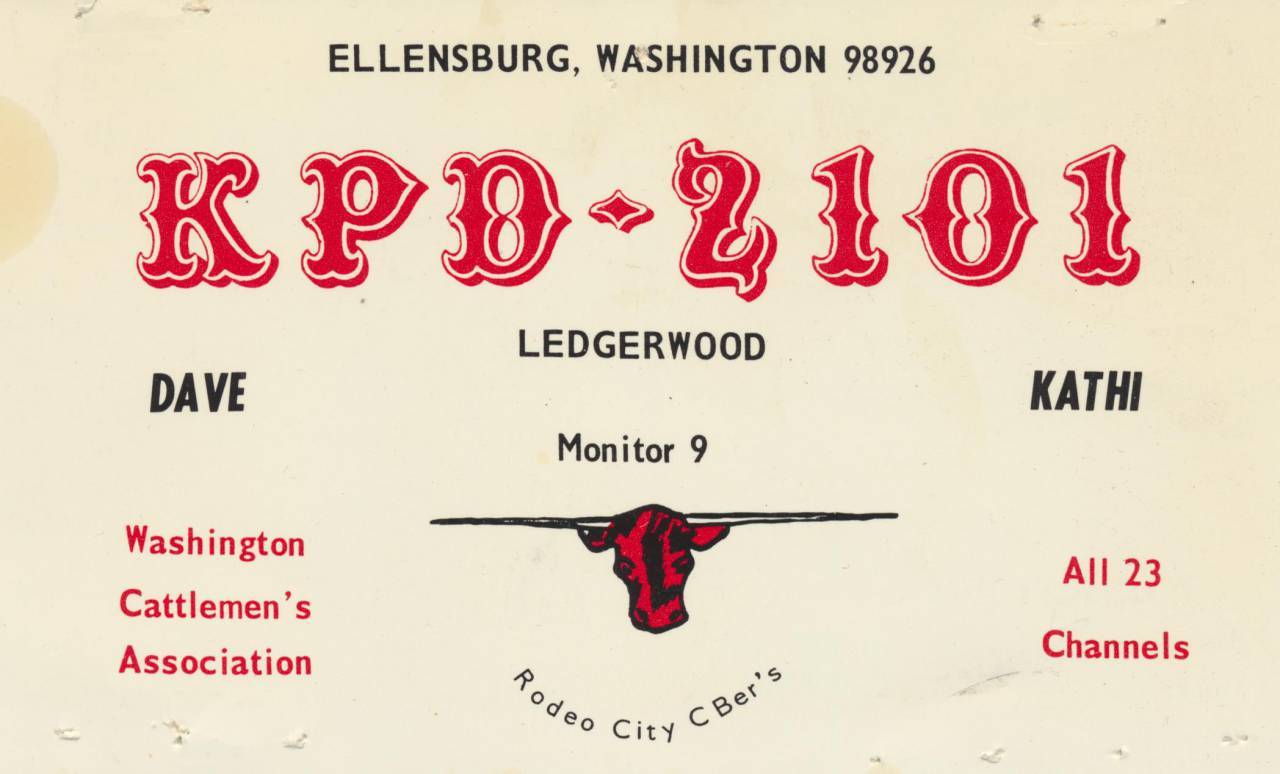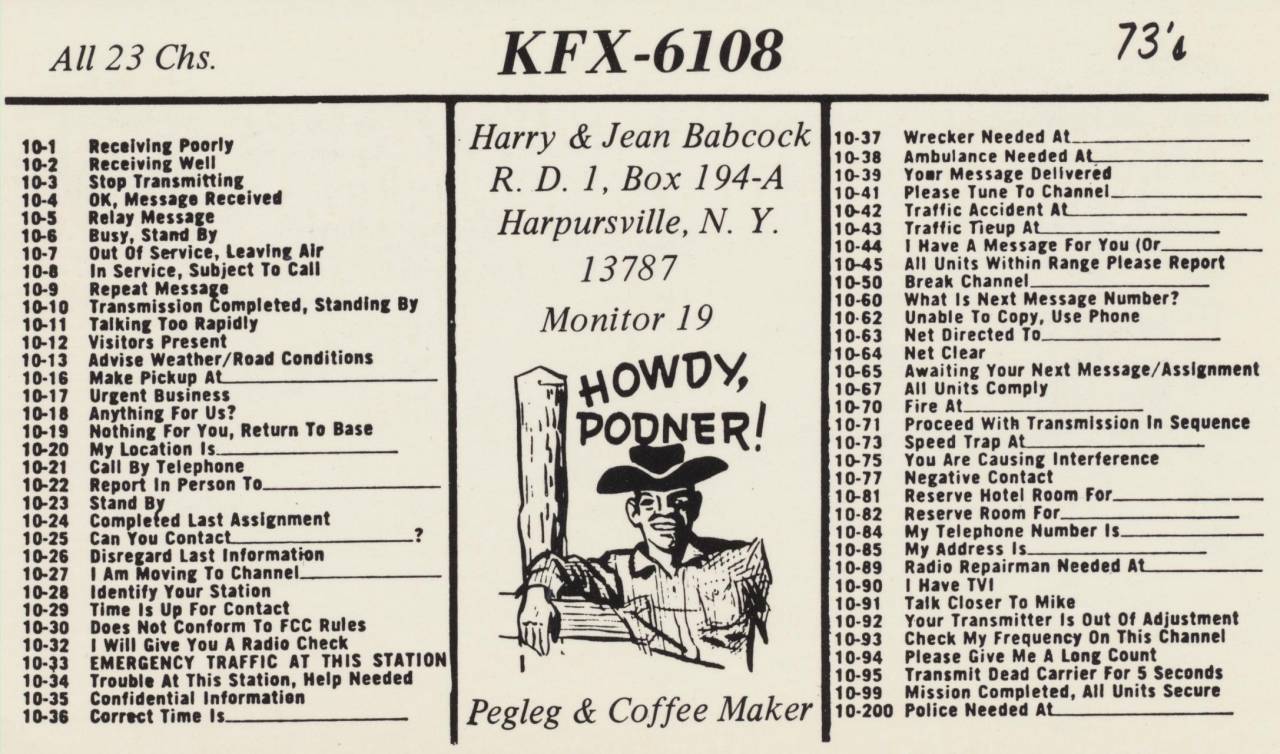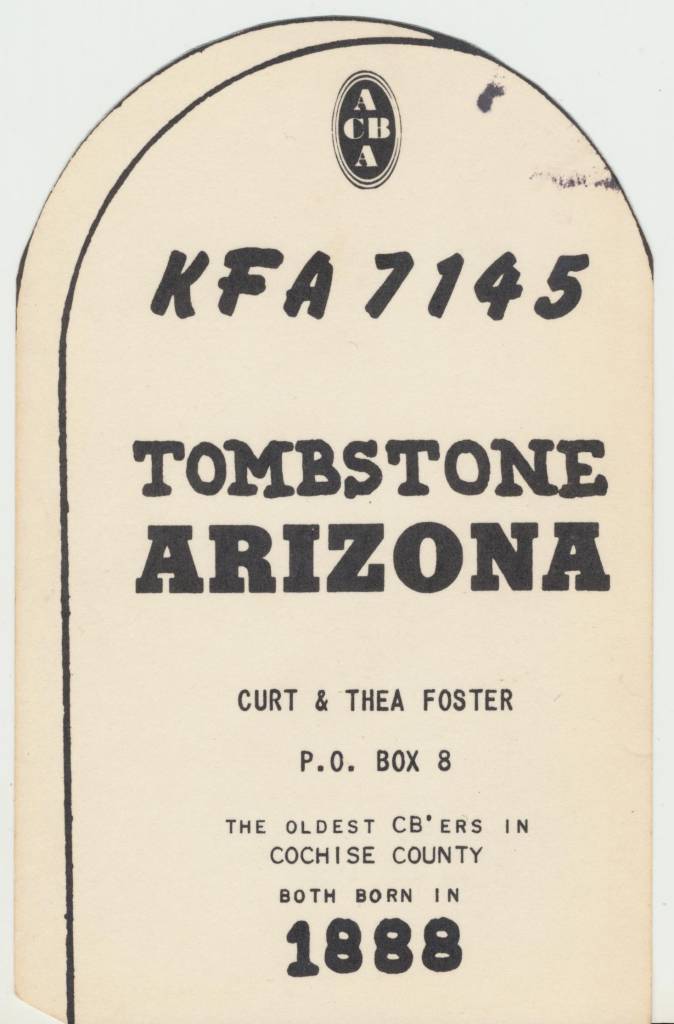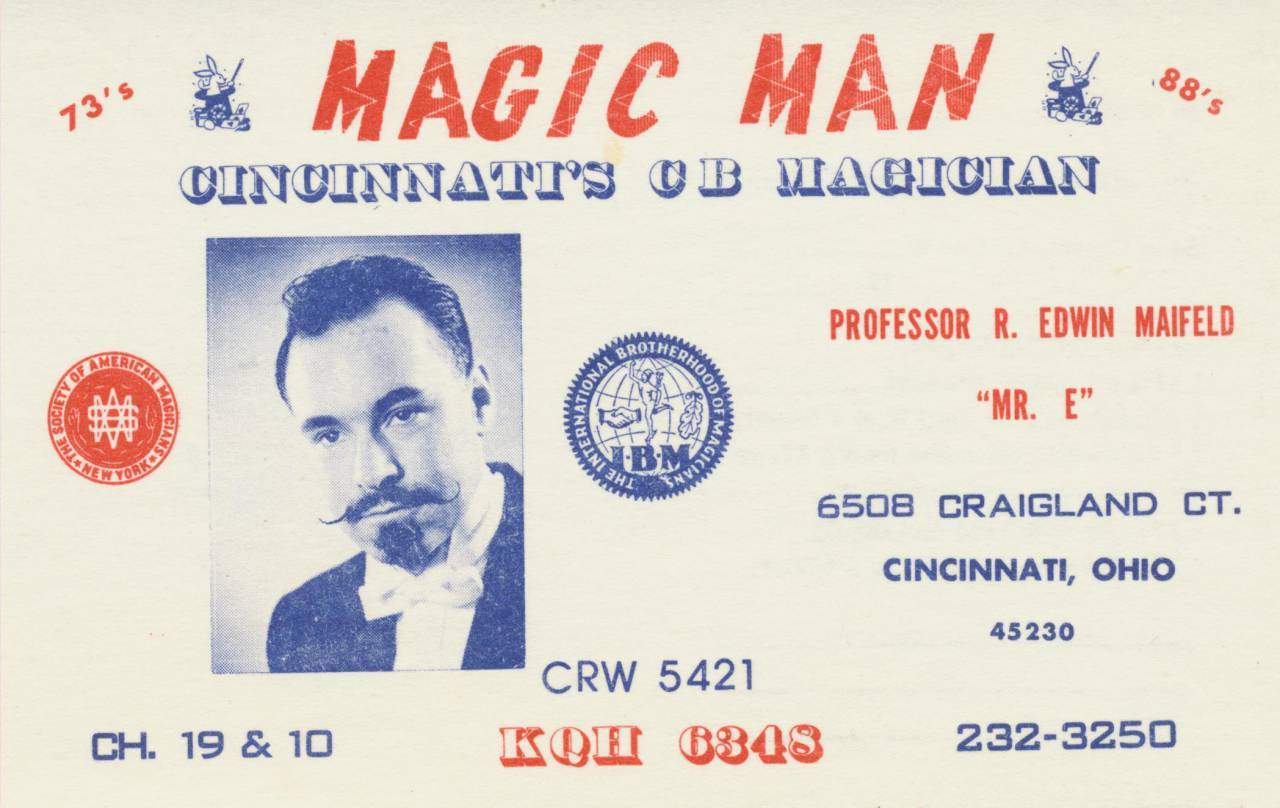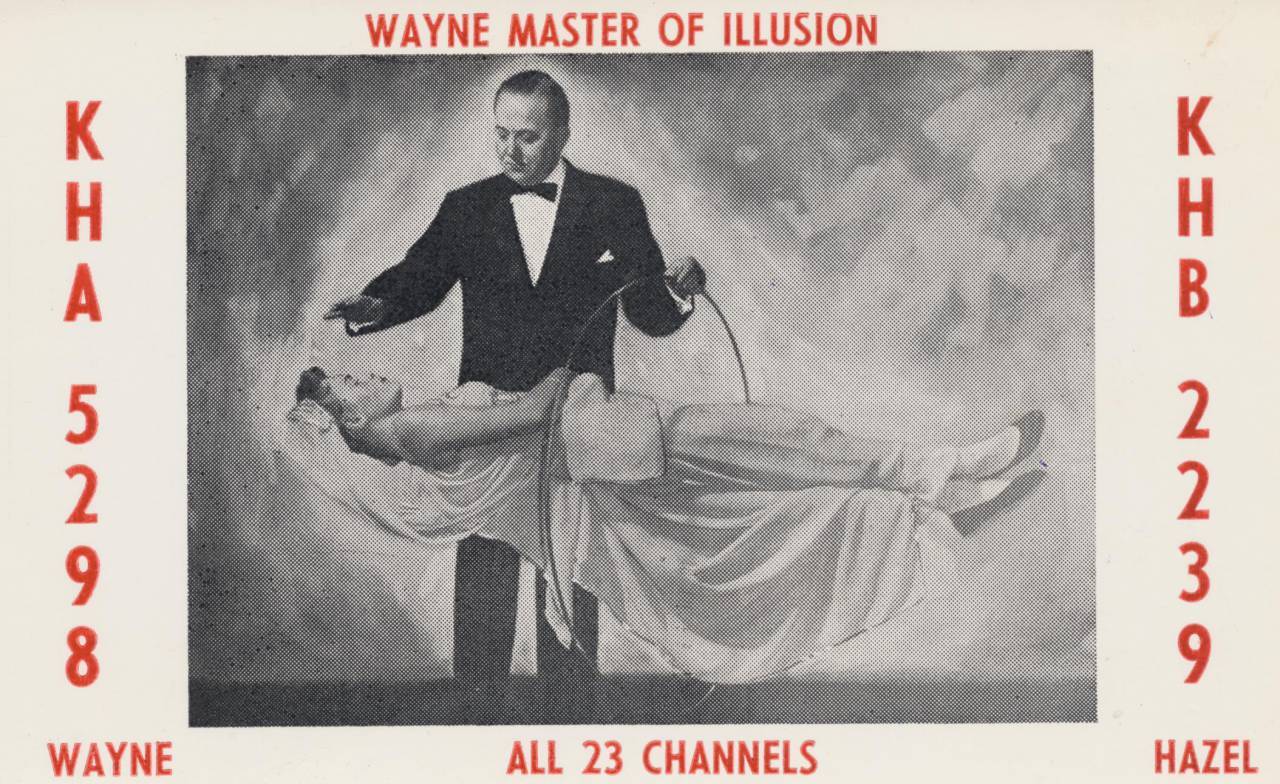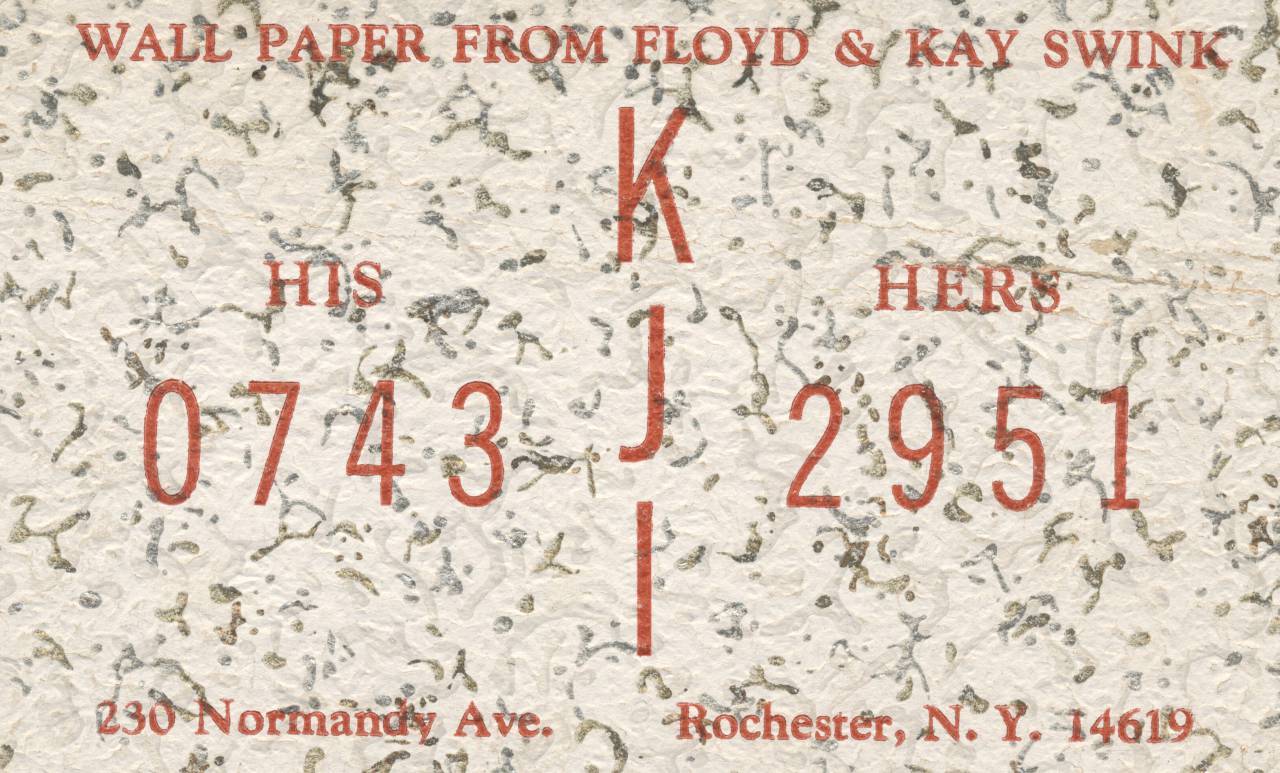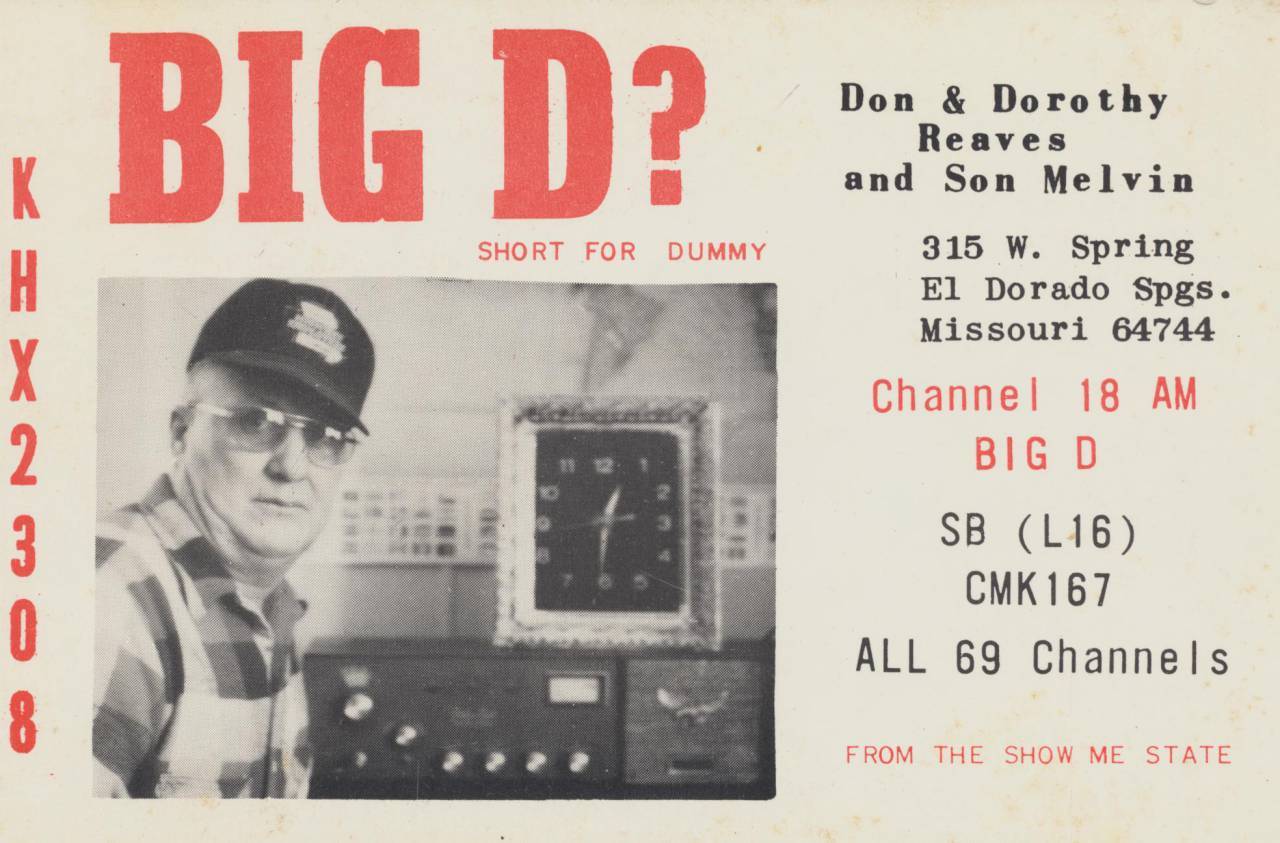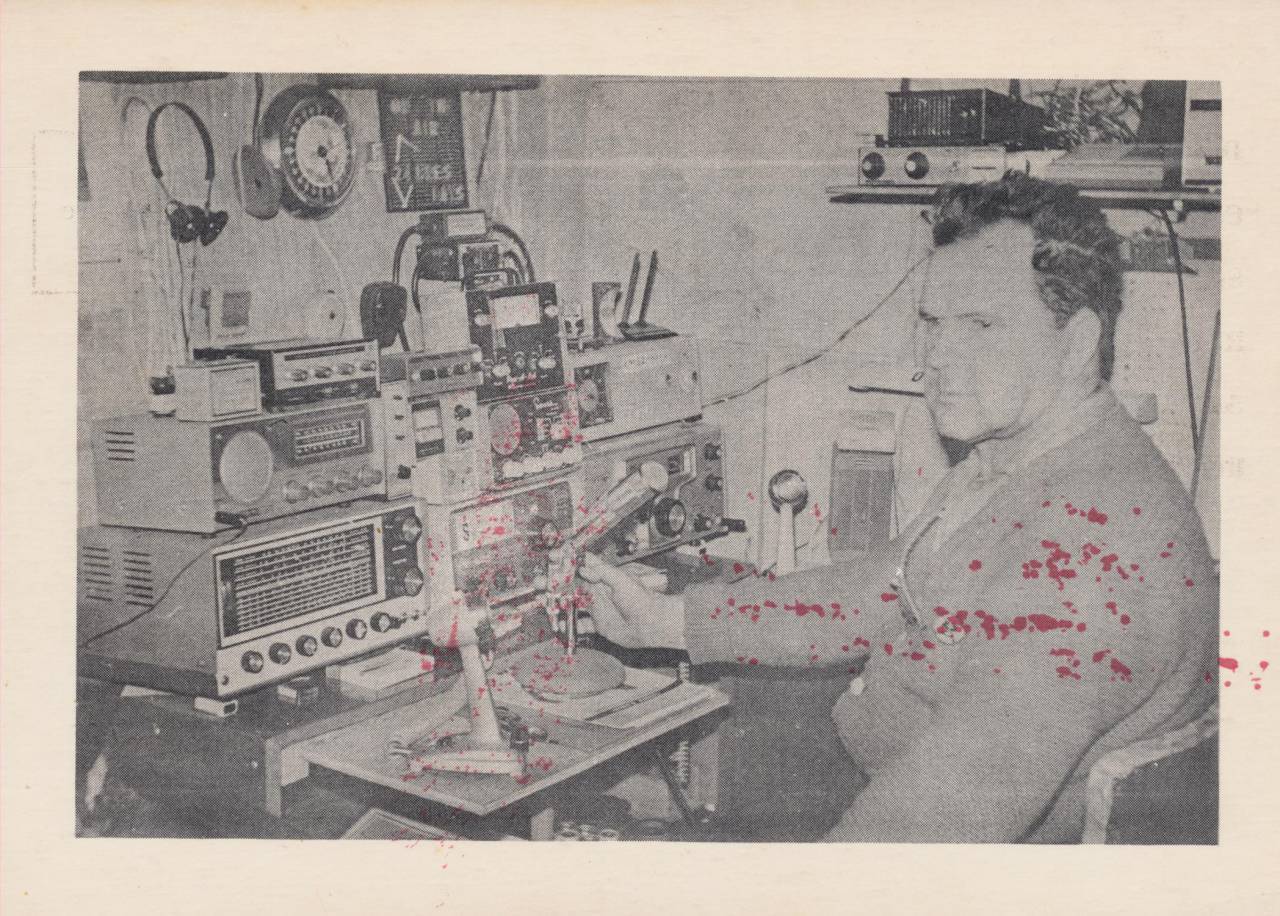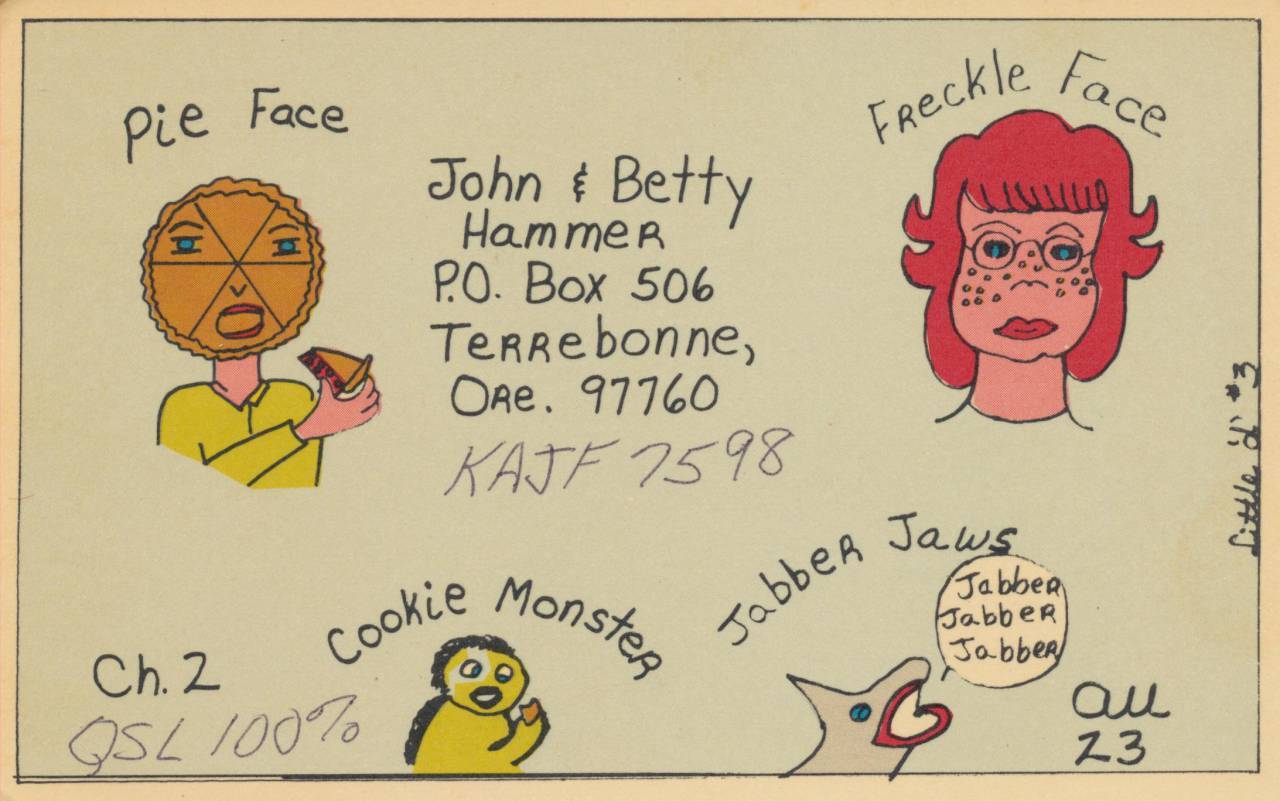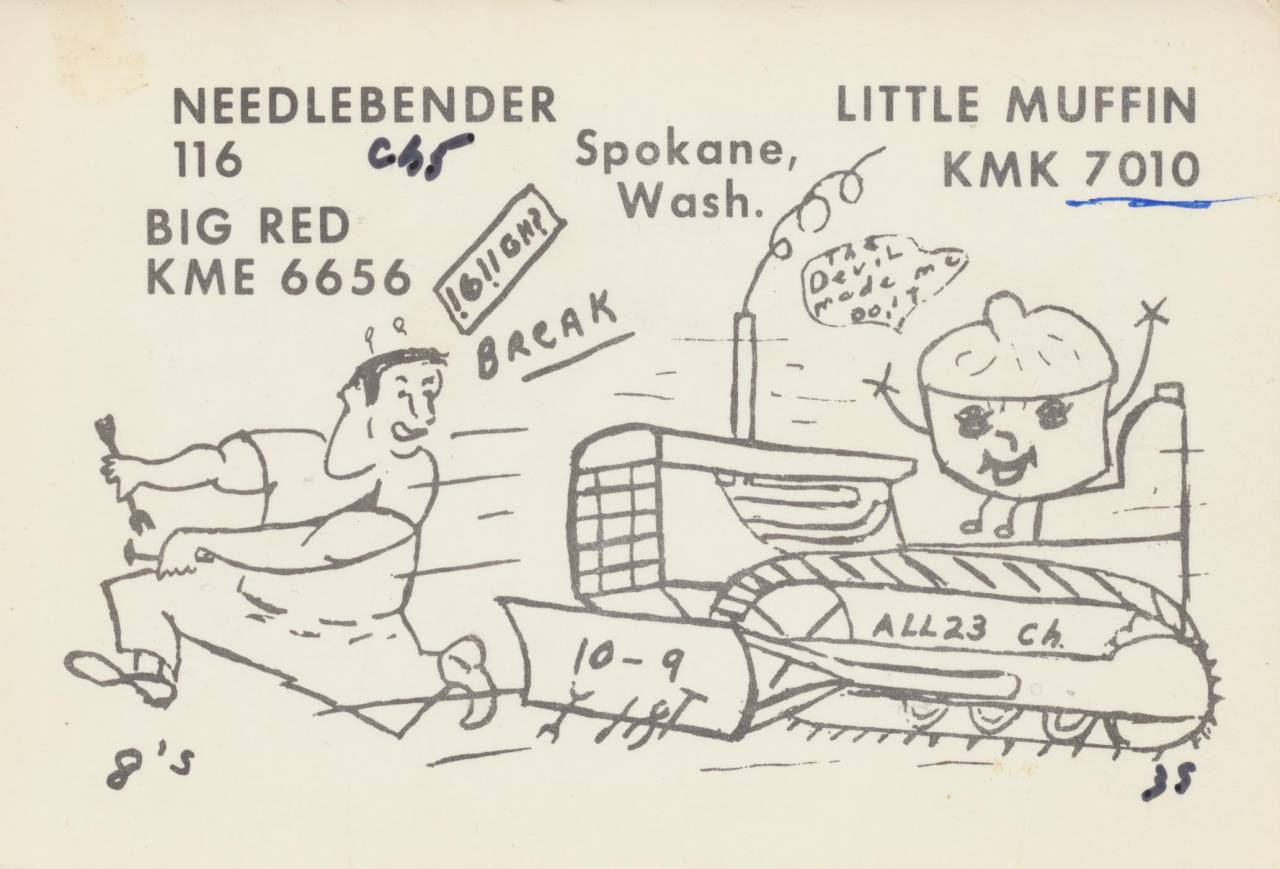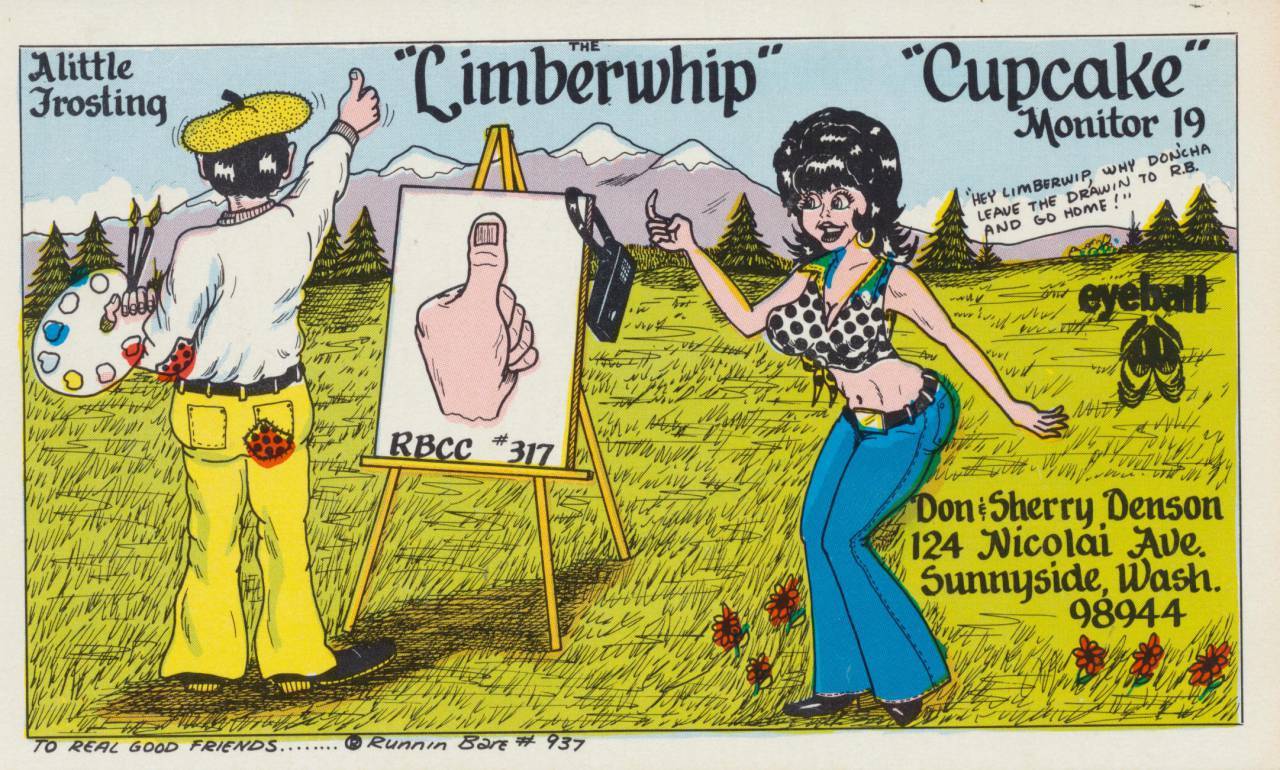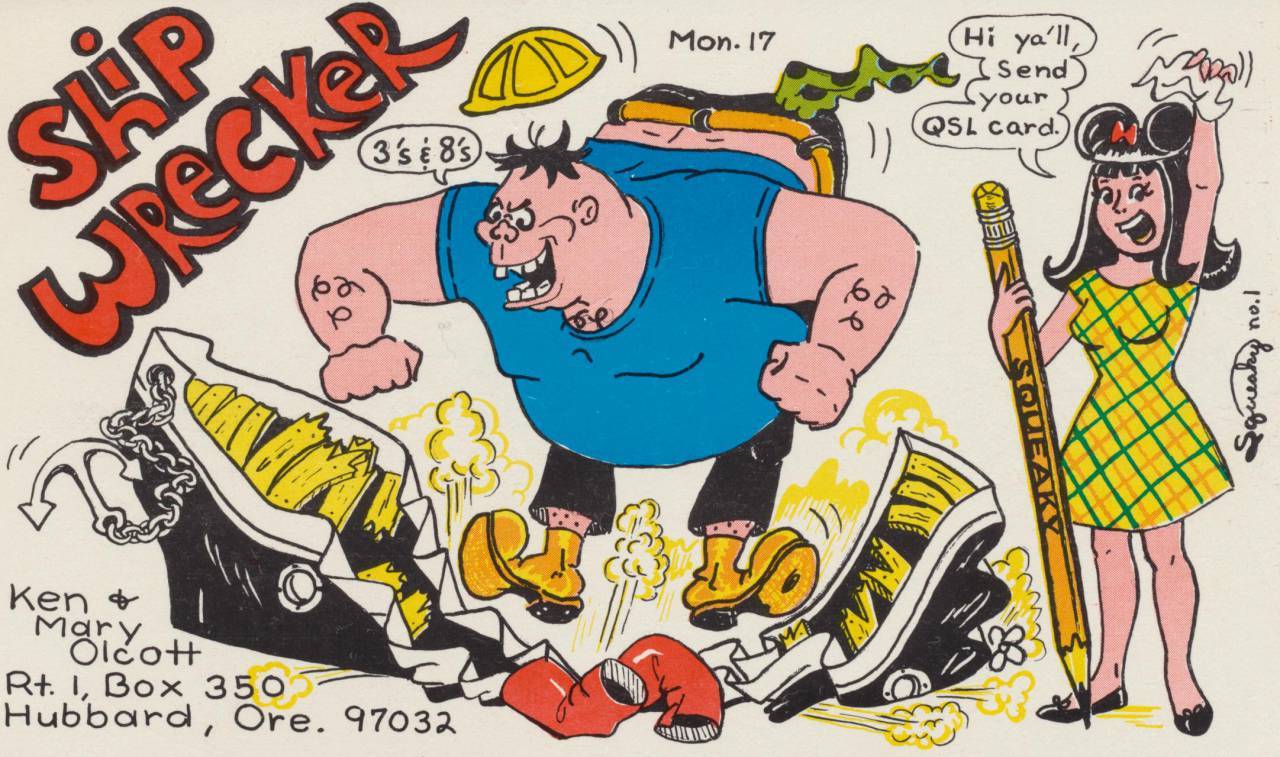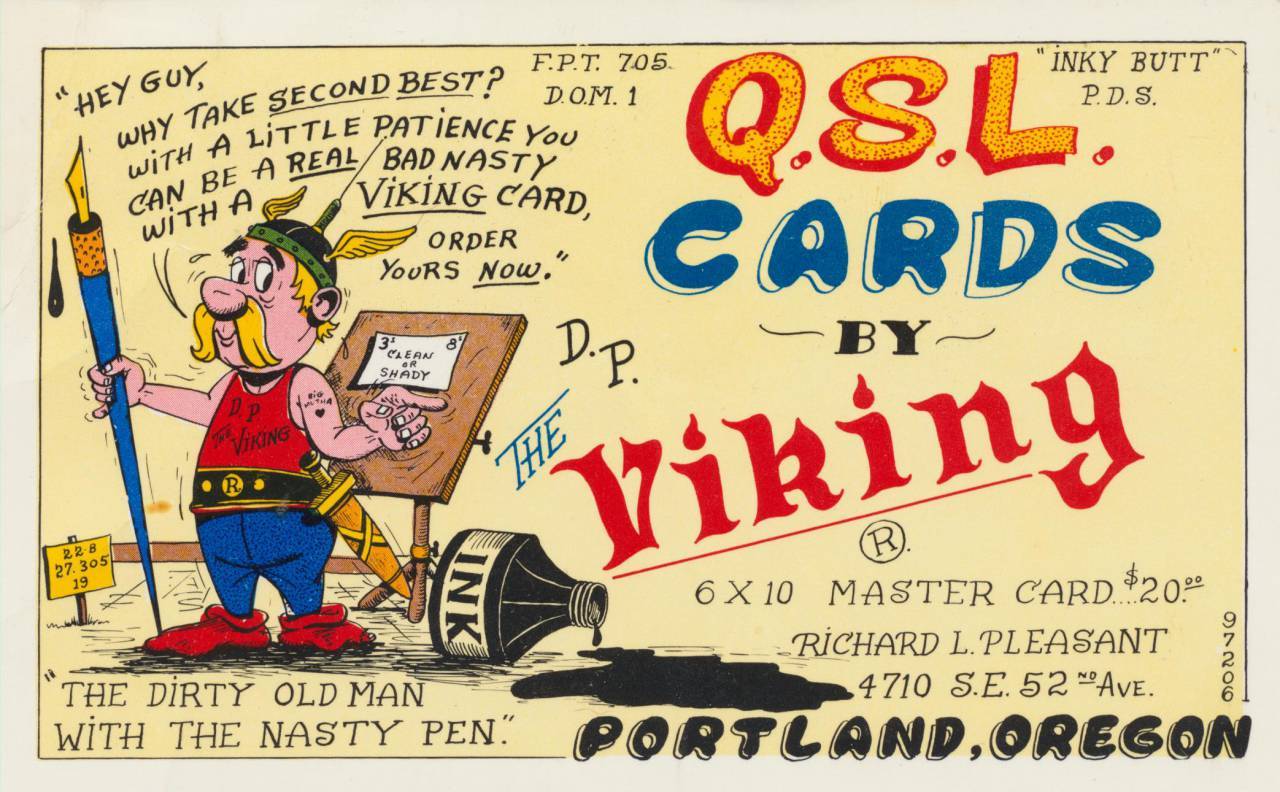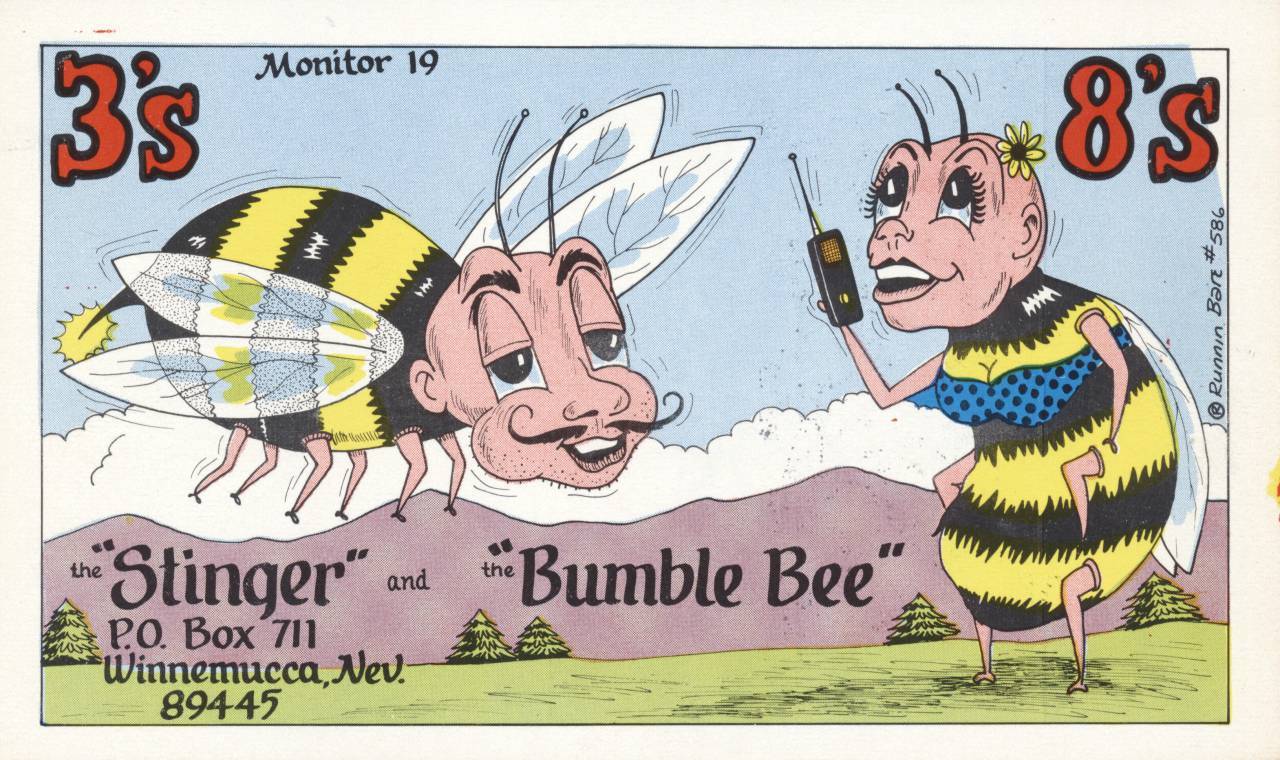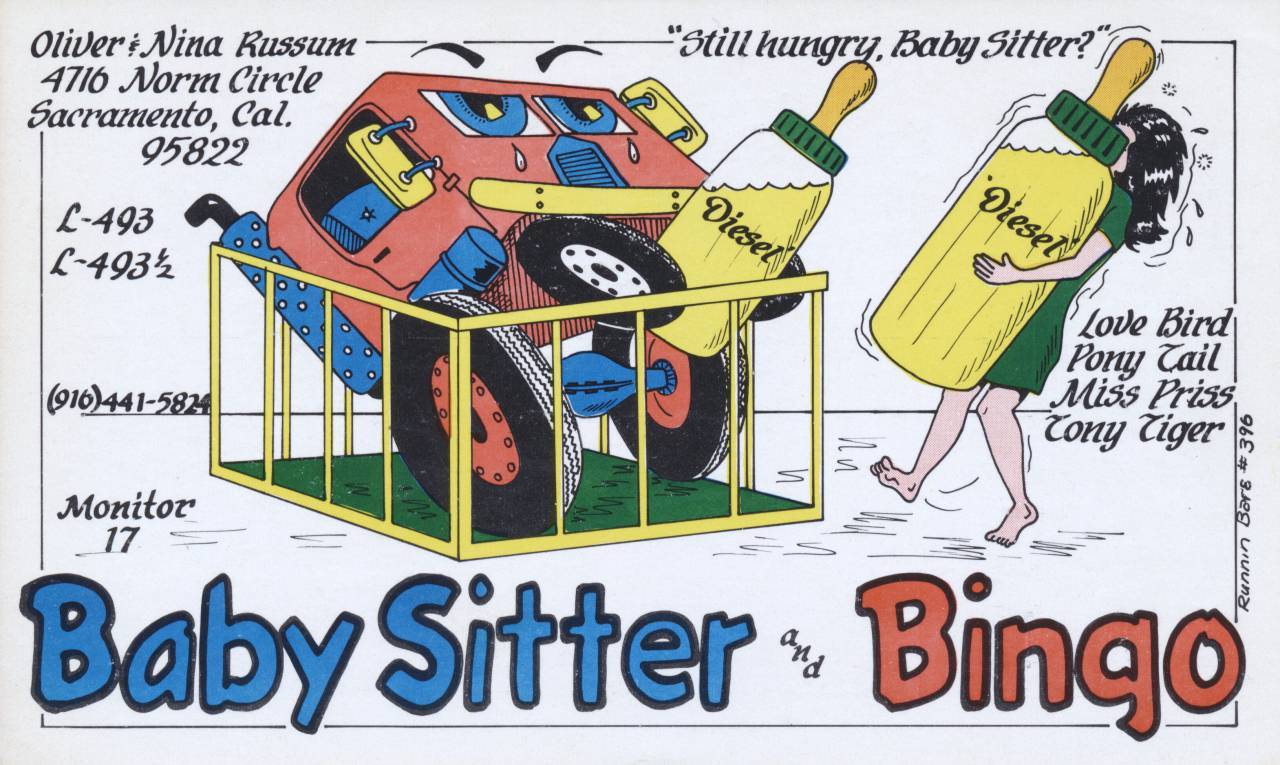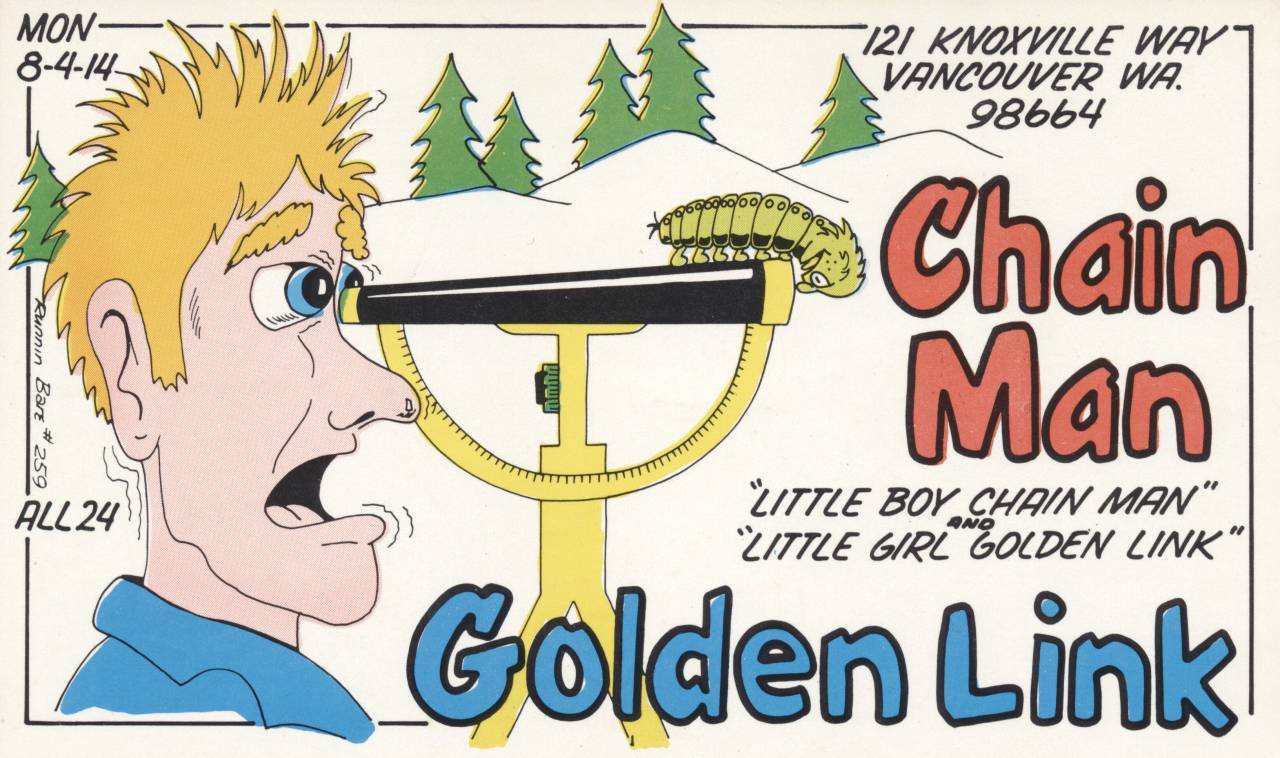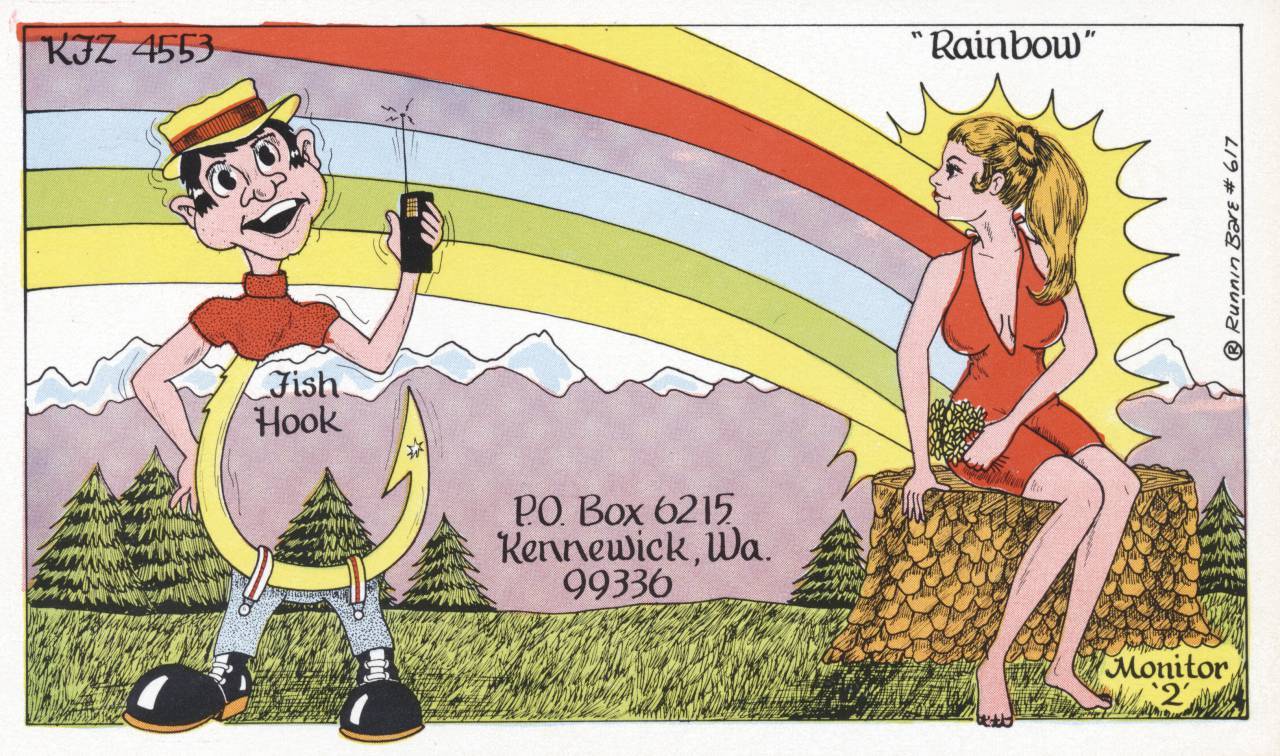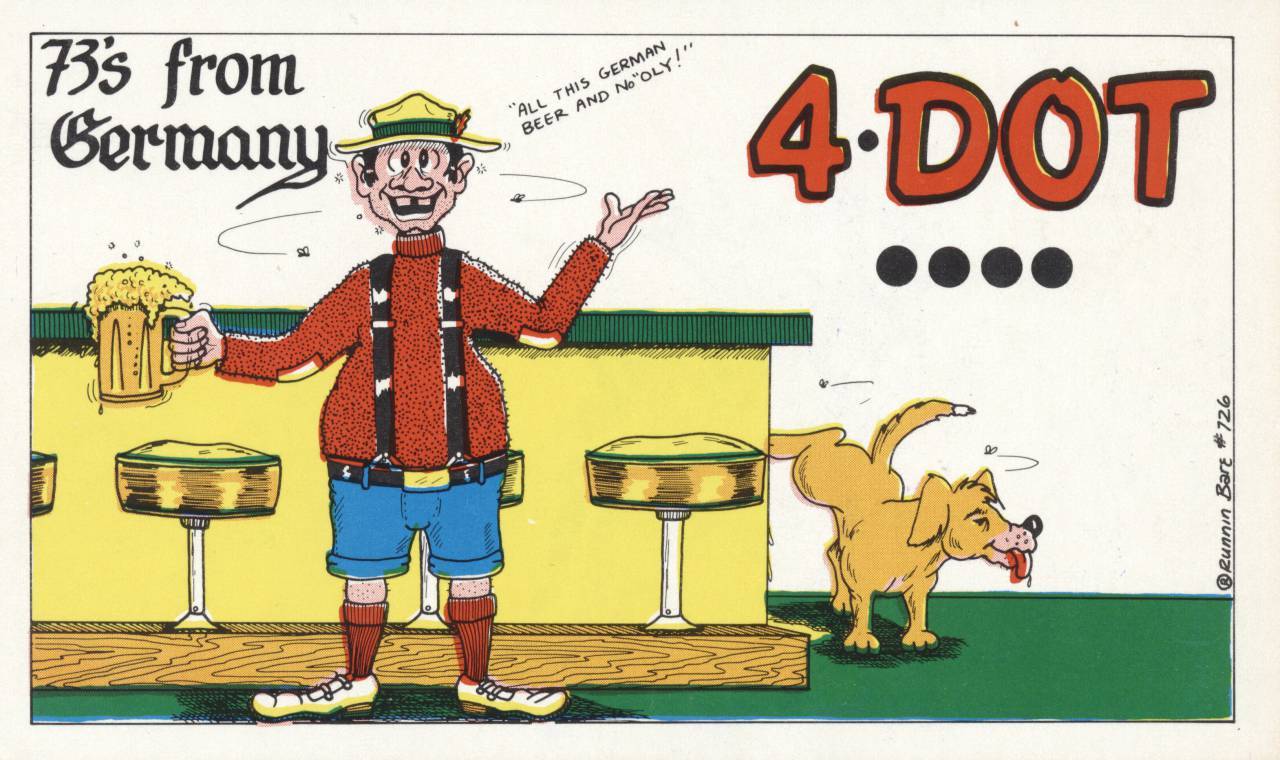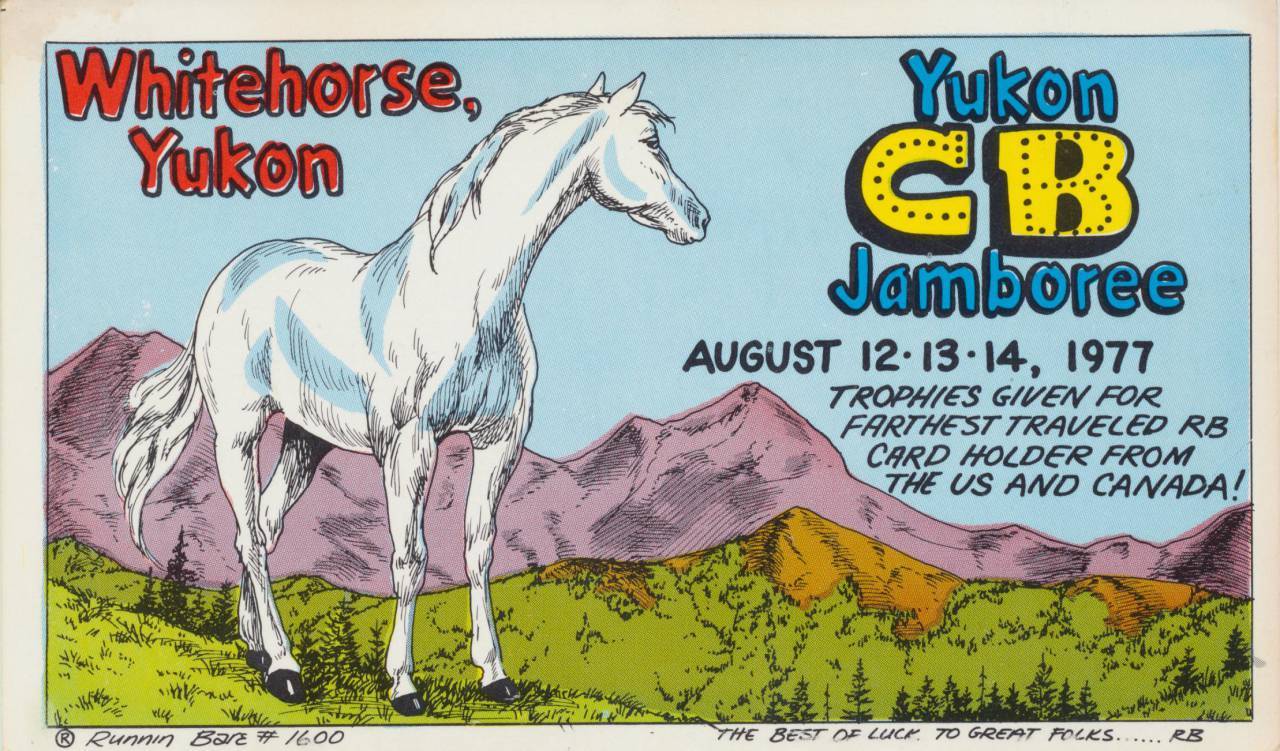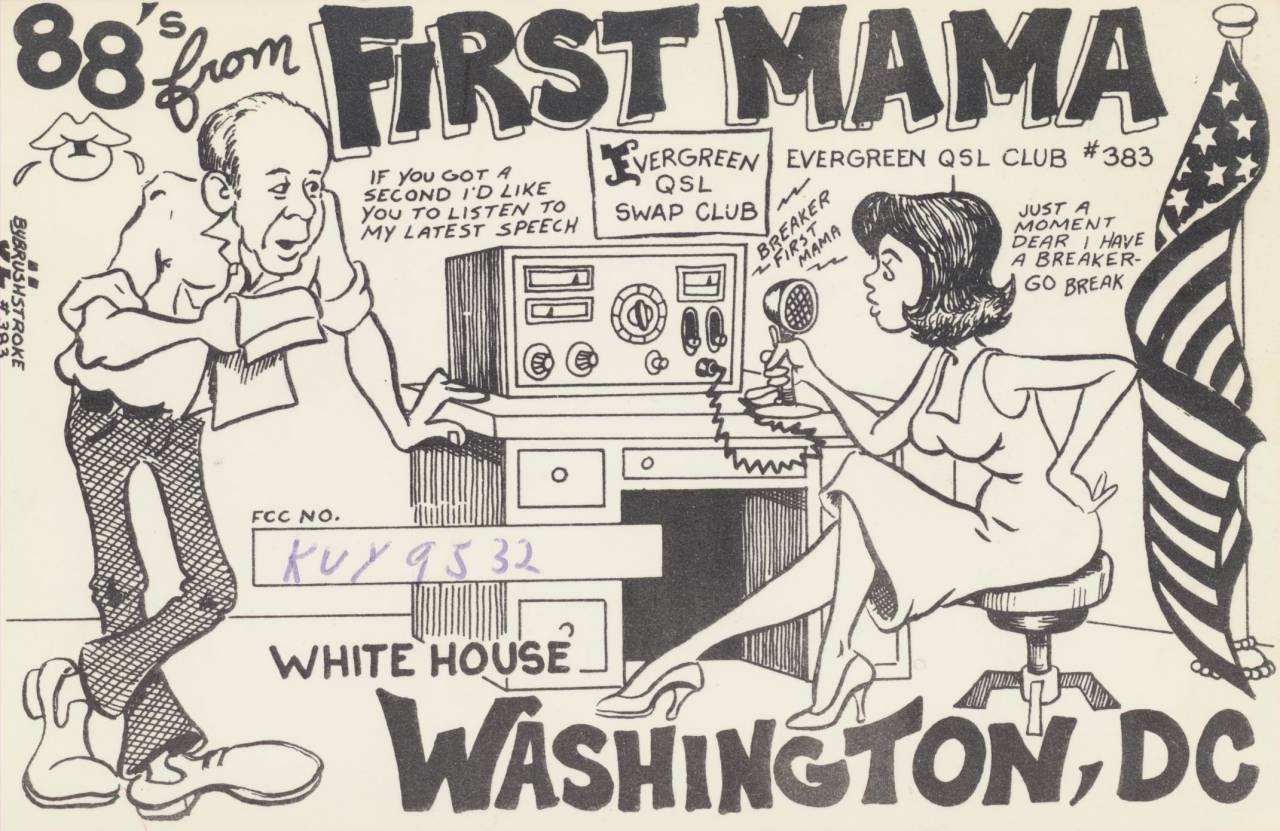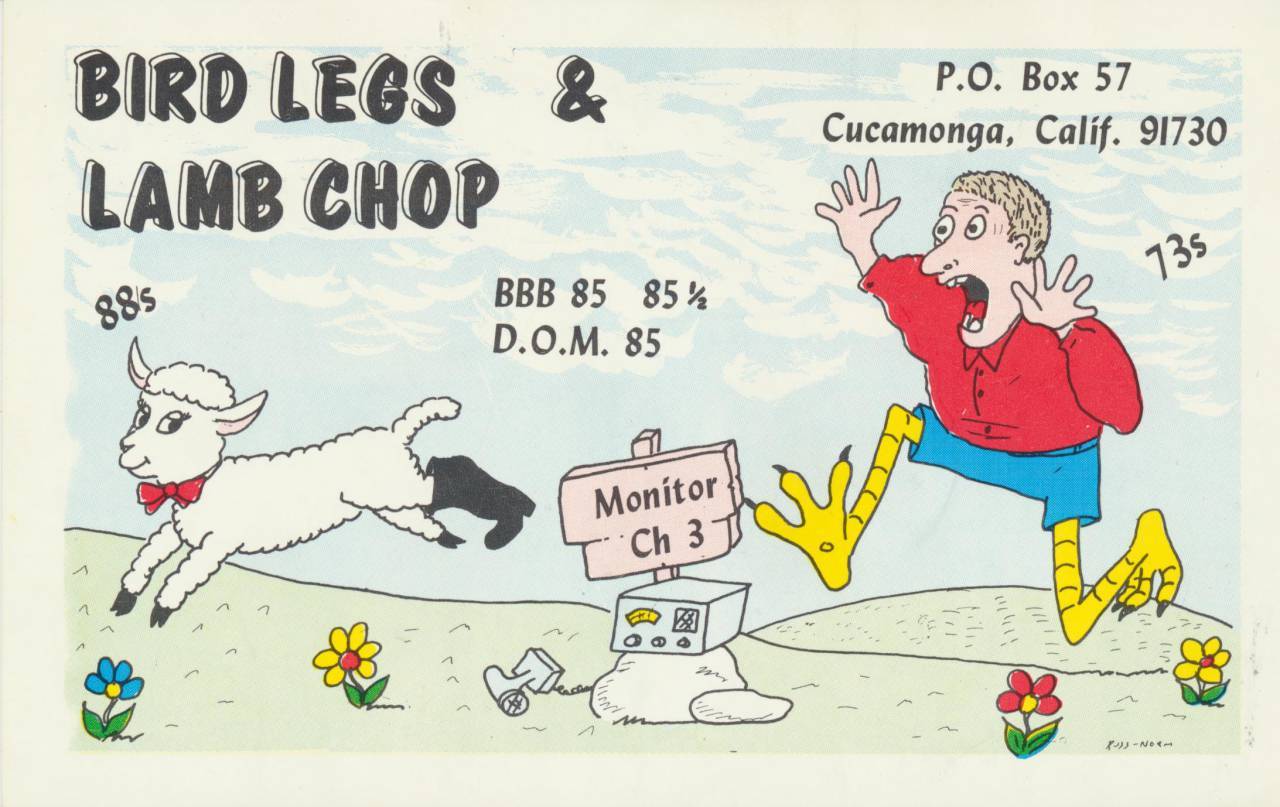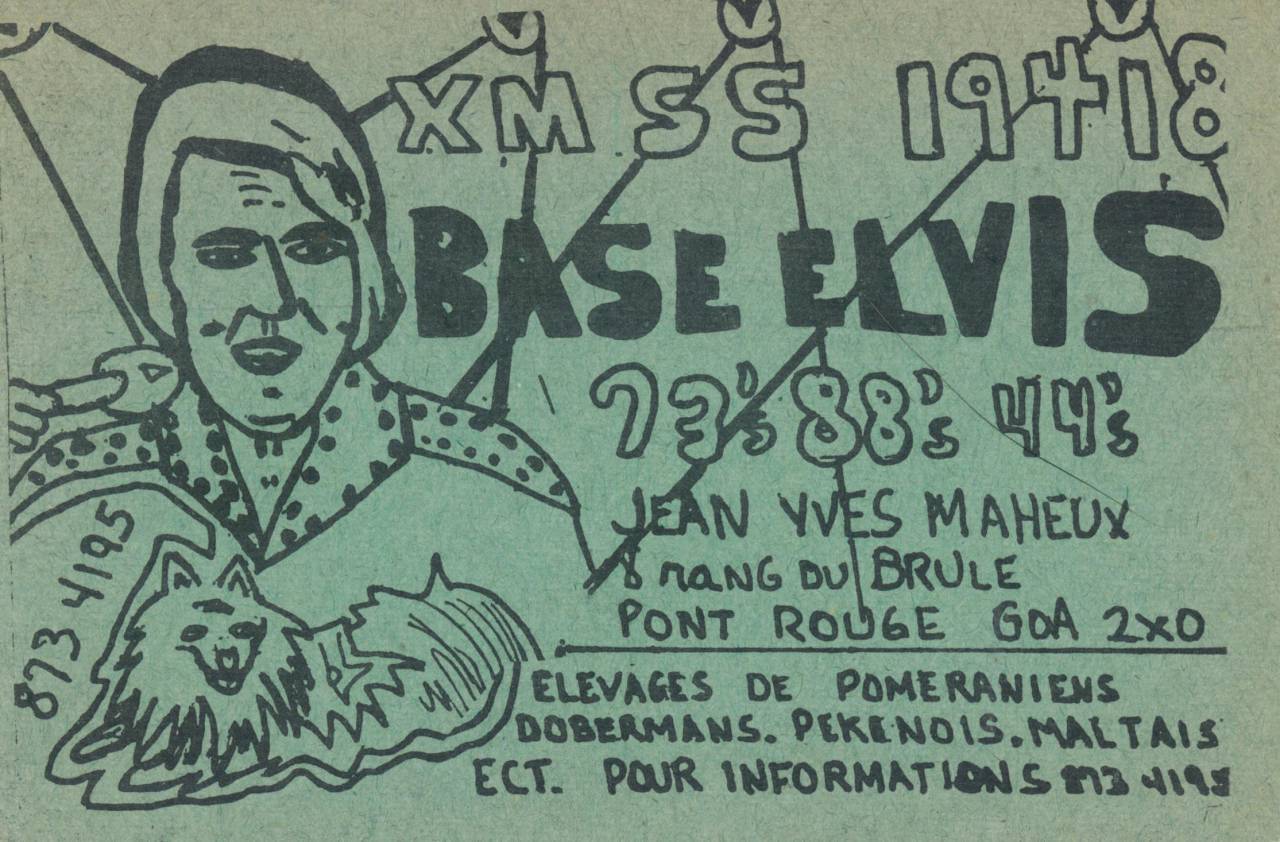Social media. That term is everywhere now. What you might not know is that that it’s really not that new. In the 1970s, as the CB radio craze grew, a social media craze came and went with the decade, CB radio QSL cards.
In “Q Code,” a standardized language of three-letter codes used in radio operations, the code QSL means, literally, “I acknowledge this transmission.”
QSL cards are the written confirmations used by radio amateurs to confirm their two-way radio contacts with each other. So, to put it more simply, when a person made radio contact with someone they would send a personal card with their handle, call letters, location, and other pertinent information as a souvenir of their interaction.
There was no standard rule for QSL cards. The majority of the cards were postcard-sized. QSL cards started fairly simply, with basic information and simple, hand-drawn art or stock-art from a printer. The cards used more as trophies or souvenirs of the conversations.
The cards were function over form. You might see some variations. Maybe a QSL card would have a unique shape.
You might see a QSL card that doubled as a business card
You might see a card that printed on a bit of wallpaper.
Wallpaper was a nickname for QSL cards due to the fact that radio users would plaster them all over their walls and it would end up resembling wallpaper.
Users would often send pictures of themselves and/or their radios.
As the seventies went on and the CB Radio fad grew radio users had a desire to have a more unique card to match their identity and a new a version of QSL cards began to take shape
It could be a card with hand drawn artwork done by the radio user or a friend.
It could be a much nicer illustrated card drawn by an artsist-for-hire. There were numerous artists all over the U.S. and Canada that would design and print a card for the user at a cost. These artists had handles such as: Alley Cat, Sundown, Booking Agent, Squeaky, The Viking, Moonglow, Brushstroke or Telder.
The most famous QSL artist of the 1970s was Jess Anderson, who went by the handle of Runnin Bare. Jess was a self-trained artist that fell in the craze by accident.
I asked Jess how he got started. He told me:
“I had a hunting partner who had a CB radio, and it really hooked me in. He mentioned that people made card that they gave to those they met or talked to on the radio and he talked me into doing the artwork for a card. I made one for him and one for me.”
It took off from there.
By the time it was all said and done, Jess designed the artwork on over 3100 cards in numerical order, and it lasted nearly a decade.
The craze across swept North America and there were even orders by people from as far away as Germany and the Netherlands.
Jess become such a big name in the QSL world that he would only take orders during July & December. In 1976, he returned $100,000 to customers because he could not keep up with demand. He also ran several small side projects that sprung up out his work with QSL including advertising, Christmas cards and business cards.
“The Runnin Bare stuff grew because at the time CB was getting to be so popular, and there was lots of communication with people all over North America, said Jess. “Word of mouth spread so quickly. It turned into the biggest club, with everyone who had a CB a member. You were kind of special.”
Collectors clubs sprang up almost overnight for people interested in collecting the cards and not so worried about talking on the radio.
There were events called Breaks and Jamborees that brought radio lovers and card collectors together for a weekend of hanging out and heavy partying.
Everybody got in on the QSL craze, including the First Lady of the United States, Betty Ford, who used the handle “First Mama”.
As the 70s came to a close, the fad so big that it basically consumed itself whole. There were too many jamming up the airways that the true radio lovers stopped being able to enjoy talking. The cards became so numerous that it became too time consuming or flat out impossible to collect them all.
There is no way of knowing how many cards were produced during as most records are gone or never existed and most of the artists have passed away. A conservative estimate would be somewhere around 125,000 cards but it is probably much more.
When CB disappeared from the limelight, QSL cards were buried deep in basements and closets and ultimately became a forgotten piece of the larger craze.
Jordan Smith is a collector and cultural curator. His images have been featured in over 20 documentaries including the upcoming Jackie Robinson documentary by Ken Burns. His images have also been featured in numerous books, magazines including O: The Oprah Magazine and websites including his QSL website 73s & 88s and his postcard website Cardboard America.
Since March 2015, he has been in constant contact with Jess Anderson (Runnin Bare) and is currently writing a comprehensive biography on his life, commercial artwork, QSL artwork and life after the craze ended.
Jordan’s QSL collection was recently featured at the 2015 Seattle Art Fair with a focus on cards from the state of Washington. You can purchase the booklet he wrote for the fair here.
Would you like to support Flashbak?
Please consider making a donation to our site. We don't want to rely on ads to bring you the best of visual culture. You can also support us by signing up to our Mailing List. And you can also follow us on Facebook, Instagram and Twitter. For great art and culture delivered to your door, visit our shop.


